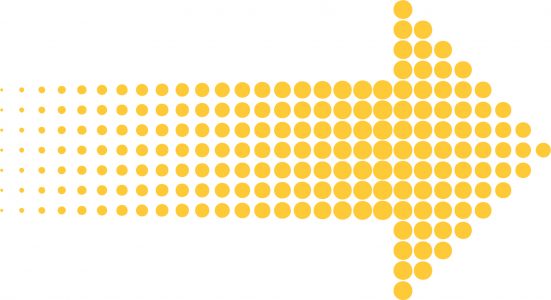
I am a big fan of Shark Tank. Perhaps this makes me a cliché, or it simply reveals both my deep interests for entrepreneurship and reality television. Nonetheless, over the years, Shark Tank has worked not only as a vehicle for hard-working entrepreneurs to reach financial success and profitability, but also as a tool to make popular the idea of small businesses, creative ideas, and the risk-takers who launch them. Every week, the “sharks” encourage people to be bold and relentless in their entrepreneurial journeys. In fact, one thing that consistently comes up on the show is the idea of “building a better mouse trap.” Many of the investors often decline to invest in companies or ideas because they fail to see the innovation, or fail to understand how a particular product solves a real need or problem. As we were in class last week, I began to think about how this relates to the arts world.
My professional interests lie mostly with commercial and Broadway theatre in New York City, and it is difficult, when thinking about this sector of the arts, to make a significant list of innovation or massive disruption that has occurred. In fact, many times, it seems as if the experiences, shows, and ideas that are the most innovative, creative, and “outside the box” are left to their own devices–denounced as being unviable in a commercial market. How strange is it that in many other sectors this kind of innovation and risk is rewarded, while in the arts it is tucked away for a specific crowd to enjoy? Of course, examples like Hamilton or Great Comet come to mind as seemingly disparate music genres blended and diversity was uplifted and celebrated…but how sad is it that in 2018 only one or two shows truly come to mind as examples of innovation (and sadder still that diversity is considered “innovative” on Broadway). It seems to me that this particular sector of the arts has a long way to go in both trial and acceptance of better mouse traps. The ideas, creativity, and talent exist, but how often is it being allowed to rise to the top, and given a voice?
Perhaps the problem is creativity being inhibited by knowledge. For decades, musical theatre has had a concrete footing in western culture. It has its traditions, rules, and expectations, and to defy or stray from these is not often looked at positively by the producing powers that be. (But Gershwin for the 100th time? Now that will work!) But perhaps, instead of breaking these rules, the disruption in Broadway and commercial theatre needs to be greater still. To return to the analogy of the mousetrap, maybe what we need is not a better way to catch mice, because maybe that is not the core of your problem. This often results in merely a reiteration of the invention, rather than the creation of a new category. It’s time that Broadway (its producers, directors, writers, etc.) start to reframe their problems, their art, and their concerns in order to allow true disruption to begin.
The US Patent Office has issued 4,400 patents for better versions of the mousetrap over the years, and only 20 ever made commercially viable products. Similarly, 8 out of every 10 Broadway shows fail. If that doesn’t indicate it’s time for some disruption, then I don’t know what will.

I think “building better mousetraps” is a kind of iterative, Kirznerian type of innovation. What if we asked a different question, For example “How can we keep rodents out of houses?” and then invented something that made mousetraps unnecessary, completing disrupting the mousetrap market. (I’m writing metaphorically of course.)
LikeLike